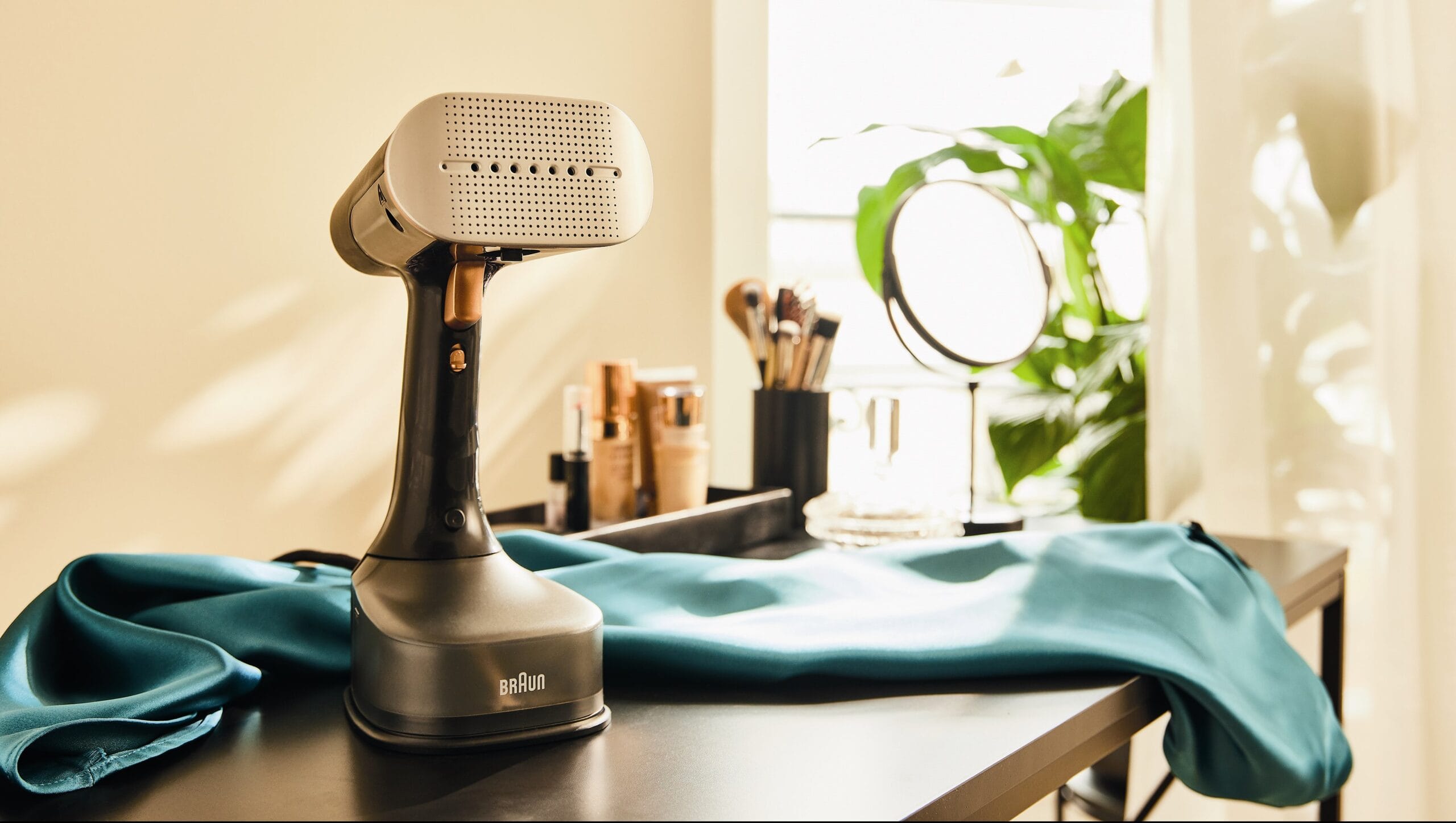The Shift from Reflex to Hybrid Cameras: A User Perspective
The migration has begun, at a forced pace. Canon and Nikon announced in 2022 that they would stop developing their reflex cameras, a century-old technology, to focus on hybrid cameras. Gone is the optical viewfinder, which disappears, and with it, the set of mirrors conveying the image to the eye: everything is replaced by a digital screen viewfinder. The change is not insignificant, but it has not prevented many practitioners from taking the plunge. About twenty people were interviewed to find out what they had gained or lost in the process.
Many, especially among the most demanding, are seeing significant progress, enough to justify the investment. Admittedly, the image quality of hybrid cameras is only slightly better than that of the latest generation of reflex cameras: “We are on a plateau, the improvements are marginal,” confirms Pierre-Marie Salomez, editor-in-chief of the magazine Chasseur d’Images. But image quality is not everything.
Autofocus, in particular, is crucial: this system allows you to choose the area in which the image will be sharp and the area that will remain blurred. However, in recent years, autofocus has made fewer errors on hybrid cameras than on reflex cameras. It is also more practical: “You can focus on the small flower at the top left of the frame, and if a dog enters the image, it won’t move,” explains Pierre-Marie Salomez. This not only simplifies taking photos, but even more so capturing video, as evidenced by Baptiste Babeau, a 30-year-old engineer and short filmmaker: “Switching to hybrid has allowed me to move the camera freely without worrying about it.”
Enjoyed this post by Thibault Helle? Subscribe for more insights and updates straight from the source.


